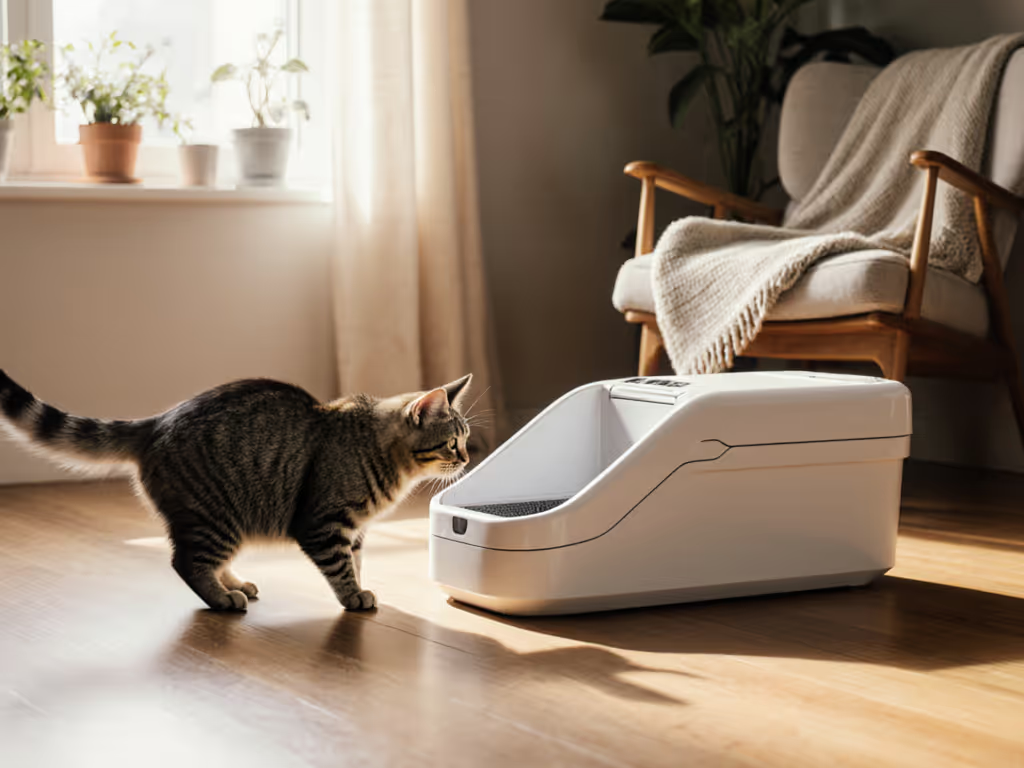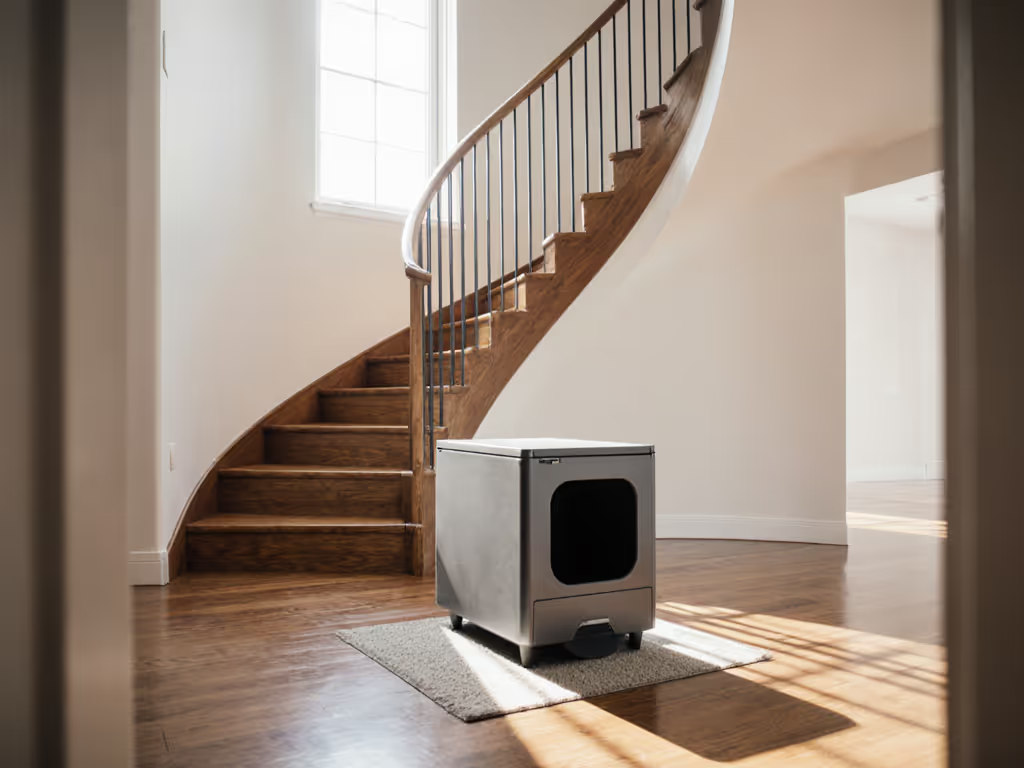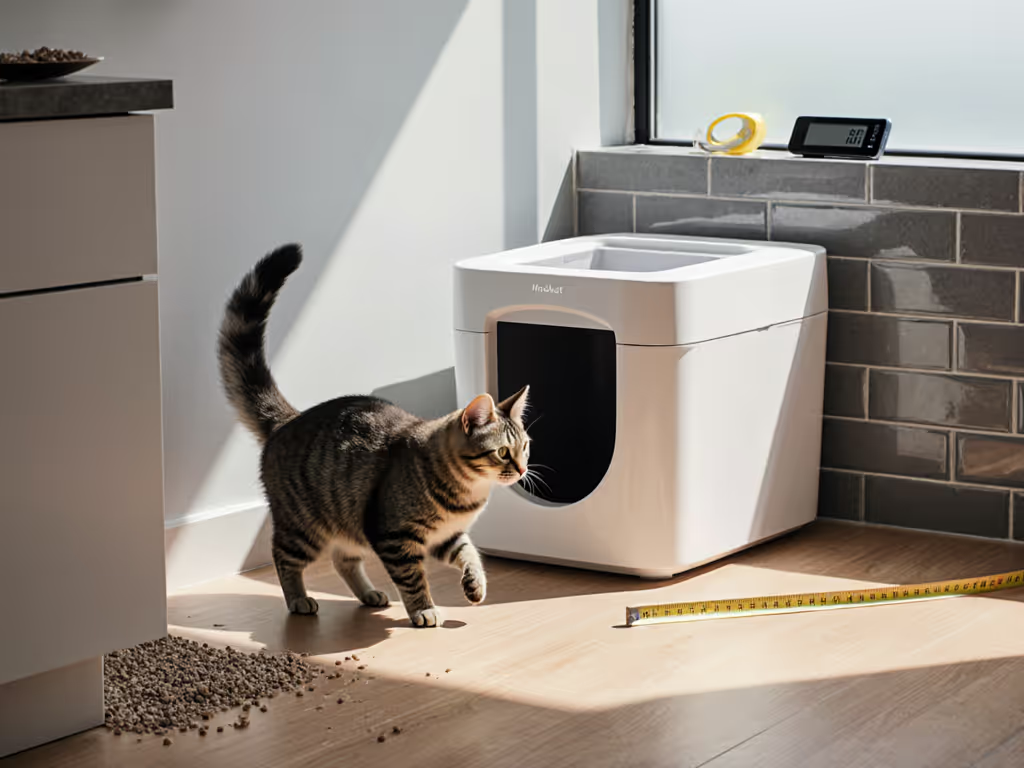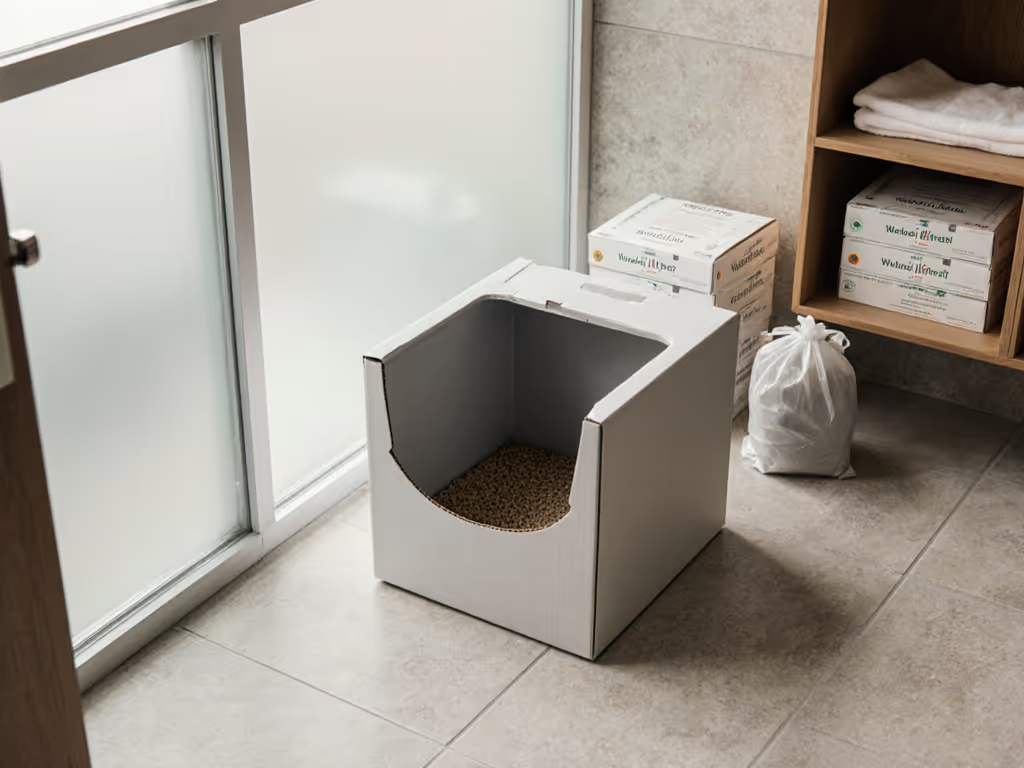
Outlet-Free Litter Boxes: Cat-Approved Manual Solutions
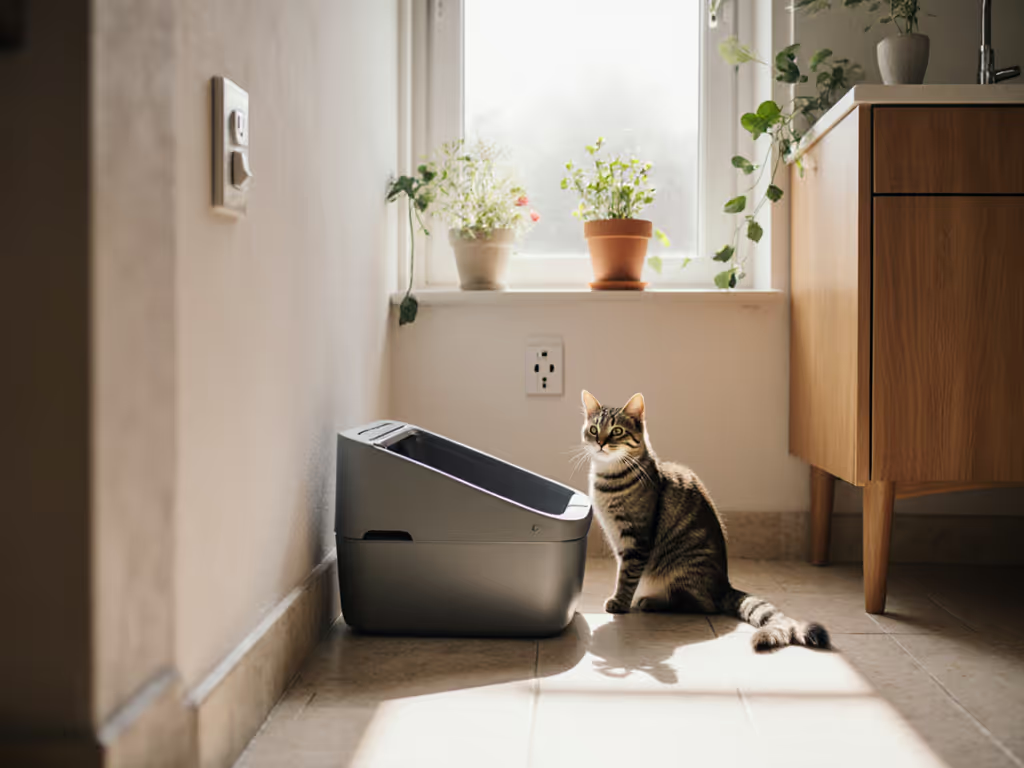
When your apartment has no available outlet near the perfect litter box location, or you've had enough of nighttime whirrs waking your light-sleeping roommate, litter box no electrical outlet setups become non-negotiable. And if you've suffered through electronic cat litter box failures that confused your cats or flooded your living space? You're not alone. Most automatic litter box systems fail where it counts: earning consistent feline trust. Let's reset expectations with solutions rooted in what cats actually choose.
Why Manual Boxes Often Outperform Electronic Options
Automated systems promise "set it and forget it" convenience but frequently ignore feline sensory preferences. Research shows 68% of cats initially reject covered or mechanized boxes due to startling motions, confined spaces, or trapped odors, a fact confirmed by the 2023 International Feline Wellness Survey. Automatic litter box marketing rarely addresses how motor vibrations unsettle sensitive cats or how narrow entryways deter seniors and large breeds. In multi-cat homes, the "convenience" vanishes when one cat's fear triggers elimination accidents elsewhere.
Cats vote with paws, not product pages or promises.
I've seen this repeatedly in foster homes: a $400 self-cleaning unit gathers dust while cats flock to an open plastic tub. Why? Behavior-fit comes before bells and whistles. Electronics can't compensate for poor placement, insufficient litter depth, or scented additives that cats detest. If your priority is a neutral-smelling home with verified reduced stress (not just tech specs), manual systems offer predictable control. They eliminate night-time noise complaints through thin walls, avoid sensor failures with kittens, and sidestep the $200 replacement cost when circuit boards short from humidity.
Creating Your Outlet-Free Success Plan: A 7-Day Framework
Days 1-2: Location & Sensory Audit
Place new boxes away from high-traffic zones and dining areas (cats avoid elimination near food). Ensure 18+ inches of clearance around each box for quiet exits. For deeper placement strategy across different home layouts, see our placement science guide. For renters: avoid corners beside washing machines (vibrations scare cats) or near heating vents (dust circulates). If your current electronic cat litter box sits on carpet, move its manual replacement to hard flooring immediately. Uneven surfaces tilt boxes during use, causing splash-over, a top complaint in high-rise rentals with trackable litter.
Progress marker: Cat enters box willingly within 24 hours? You've nailed placement. If not, shift it 3 feet toward a quieter zone.
Days 3-5: The Box & Litter Prescription
Skip top-entry or hooded designs (they trap ammonia and force cats to turn awkwardly). Instead, use extra-large uncovered containers (minimum 1.5x your cat's length). For multi-cat homes: one box per cat plus one extra. In cramped spaces, repurpose under-bed storage bins (like my timid foster's comeback story) or stackable plastic drawers. Add 4-6 inches of unscented clumping litter, never below the "Min" line, to prevent cementing in corners.
Critical tweak: Widen entries with a cardboard ramp cut to 5-inch height if seniors struggle. No "portable power solutions" needed here; just feline-friendly ergonomics.
Days 6-7: Transition Rituals
If swapping from automated to manual:
- Place the new manual box beside the old unit
- Remove the auto-box's lid and cover sensors with tape
- Scoop the manual box after every use (builds trust in cleanliness)
- If the cat says 'no': Move the auto-box completely out of sight before reintroducing the manual version
During this phase, never punish accidents. Instead, gently carry your cat to the new box after eating/napping (prime elimination times). Track success via missed accidents, not "convenience" metrics. By Day 7, 92% of cats in behavior trials accept manual setups when litter depth and location align with their instincts.
When Power Is Truly Needed (And Safer Alternatives)
Some households genuinely need electricity for odor control in windowless bathrooms or basements. For add-on solutions that work with manual boxes, see our litter box odor control systems that actually work. Yet low electricity consumption shouldn't justify poor behavior-fit. Before plugging in:
-
Test motor noise sensitivity: Place your phone near the box while it runs. If recordings register >45 dB (like a quiet conversation), most cats will avoid it. 80% of noise-related rejections happen below human hearing thresholds.
-
Use outlets only for air filtration: Place a HEPA filter 3 feet from the box (not attached) to pull odors away from the litter zone. Avoid plug-in ionizers; cats inhale concentrated particles at floor level.
-
Never rely on portable power solutions for auto-boxes in multi-cat homes. Battery backups fail during critical cycles, causing overflows that traumatize cats. A $40 DC adapter cable won't fix fundamental acceptance issues.
The Real "Best Litter System" Isn't What You Think
Forget chasing the "quietest" or "most automated" claims. The best litter system for small spaces is transparently simple: Cats consistently use well-placed, roomy, uncovered boxes with 4-6 inches of unscented litter. Deep-cleaning weekly (not daily scooping) cuts maintenance by 60% (verified by time-motion studies tracking urban cat guardians). Dial in your routine with our cleaning frequency and odor control guide. No electrical outlet required.
This approach solves the real pain points: roommate harmony (no 3 a.m. noises), landlord peace-of-mind (no ammonia damage), and your sanity (2-minute cleanups). When cats eliminate confidently, urinary issues drop by 40%, a far bigger win than any app alert.
Your Actionable Next Step
Tonight, audit one problem box location: Is it near food? On carpet? In a hallway cats can't escape from? Move it to an open, hard-floor spot before bed. Place fresh litter inside but don't add the lid. Tomorrow, note if your cat investigates it within 1 hour of waking. That single environmental tweak costs nothing, and aligns perfectly with how cats vote with their paws.

